
|
If you seek awe-inspiring, colorful and vibrant images, look no further than the night's sky. The eye of telescope transforms these meager points of light we're used to seeing into a fantastic castles of twinkling radiance in all the colors of the rainbow. Nebula, galaxies, suns and planets together create an amazing tapestry of shape and hue that astound the eye and gladden the heart. Enjoy this series of gorgeous photos that explore the known universe outside our little home planet. |
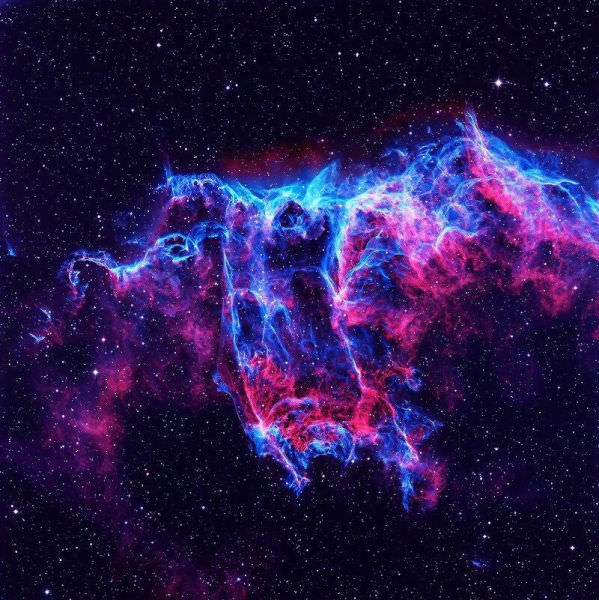 |
| The Veil Nebula |
 |
| Filaments of the Vela Supernova Remnant – This was caused by an explosion about 11 thousand years ago, and to this day we see these strange points of light. |
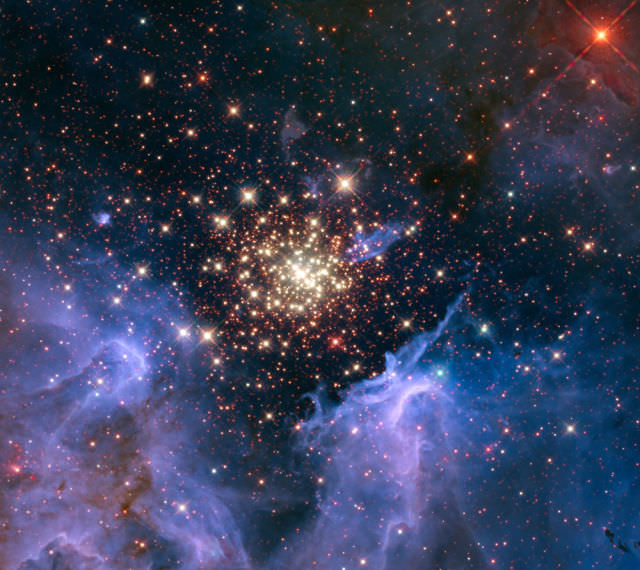 |
| This cluster of orange lights is a nebula located about 20,000 light-years away, deep within the constellation Carina, and contains a central cluster of huge, very hot stars, which create these points of light, and called NGC 3603. |
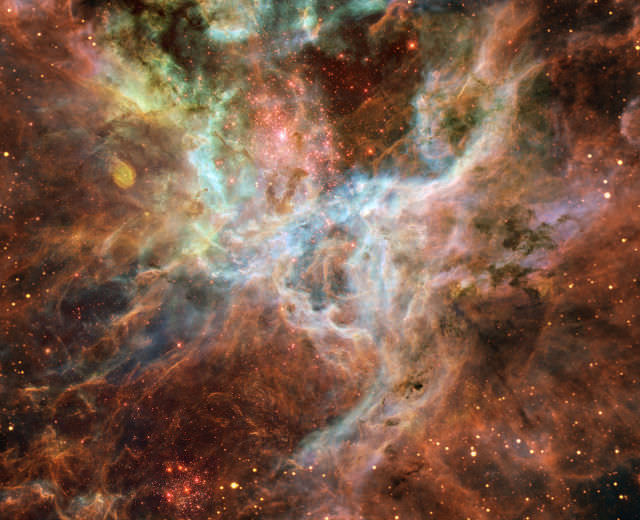 |
| You will find the Tarantula nebula more than 170,000 light-years away, nestled within the Large Magellanic Cloud, which can be seen in the Southern sky. Just above the centre of this image there is a huge cluster of very hot stars called R136. These stars are among the most massive stars we know. |
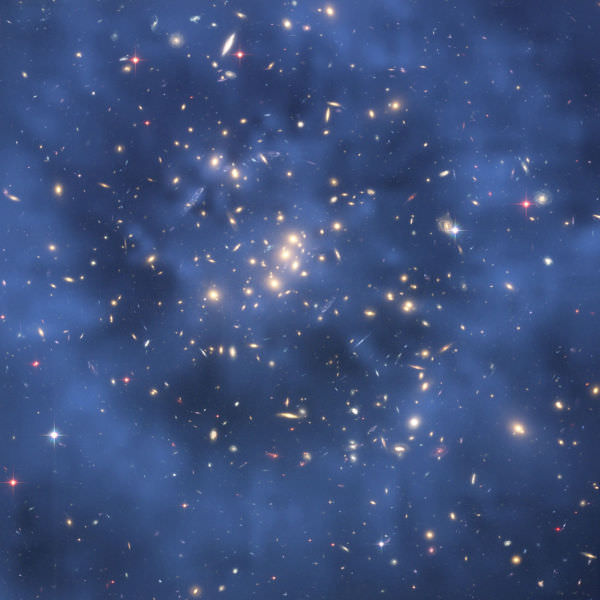 |
| A few years ago, astronomers used the Hubble Telescope to discover that long ago, there was a huge collision between two huge galaxies. The evidence of that collision is a huge ring of dark matter, and is also considered one of the best indications of the existence of this matter. |
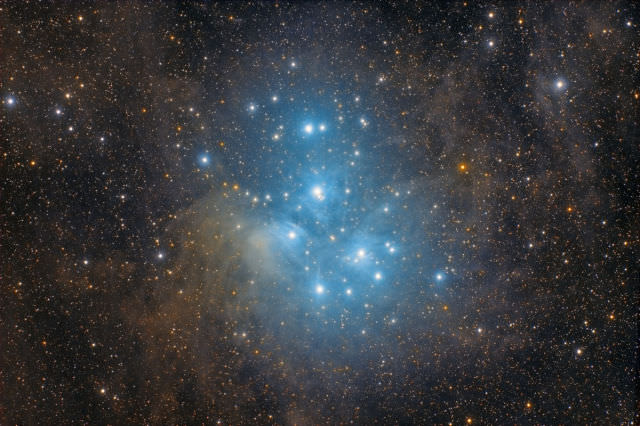 |
| The Pleiades Star Cluster. |
 |
| Wings of a Butterfly Nebula (also known as M2-9)— in the photo, two stars can be seen orbiting inside a huge gaseous disk 10 times the orbit of Pluto. These stars are actually the expelled envelopes of a dying sun, which slowly broke away from the disk to create this bi-polar image. |
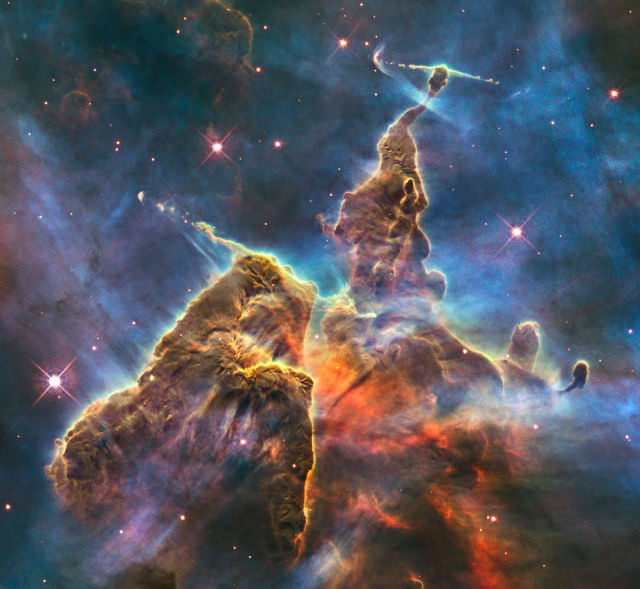 |
| “Mystic Mountain” in the Carina Nebula taken by the Hubble Space Telescope |
 |
| A superbubble in the Large Magellanic Cloud |
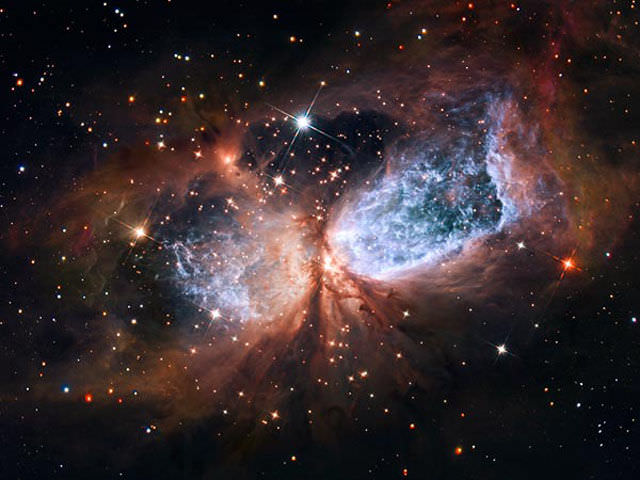 |
| Rebel Angel taken by Hubble Space Telescope |
 |
| Supernova Remnant W49B |
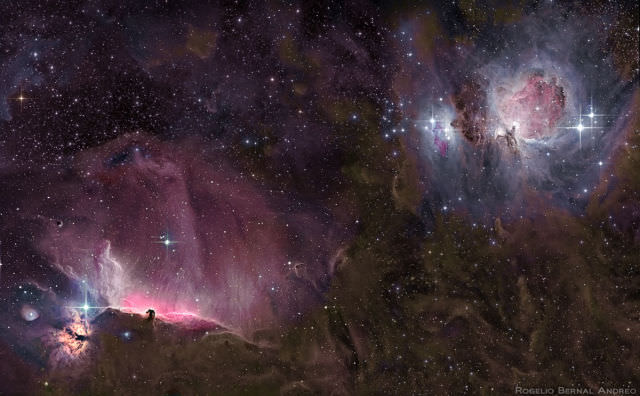 |
| Orion’s Belt |
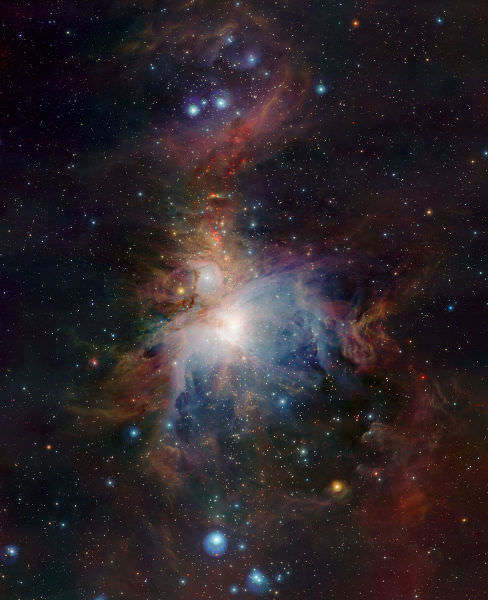 |
| Infrared view of the Orion Nebula, 1350 light-years away |
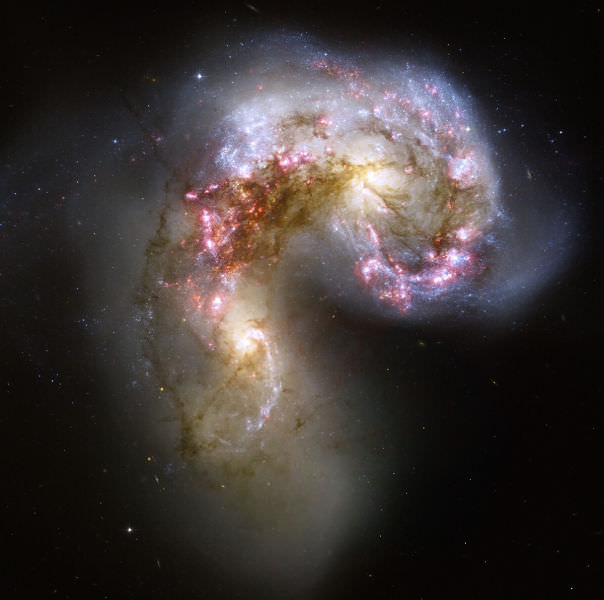 |
| These 2 galaxies are drawn to each by the combined force of their awesome gravity. Astronomers believe that they started this process hundreds of millions of years ago, and are the nearest and youngest examples of colliding galaxies. |
 |
| An infrared view of the Horsehead Nebula |
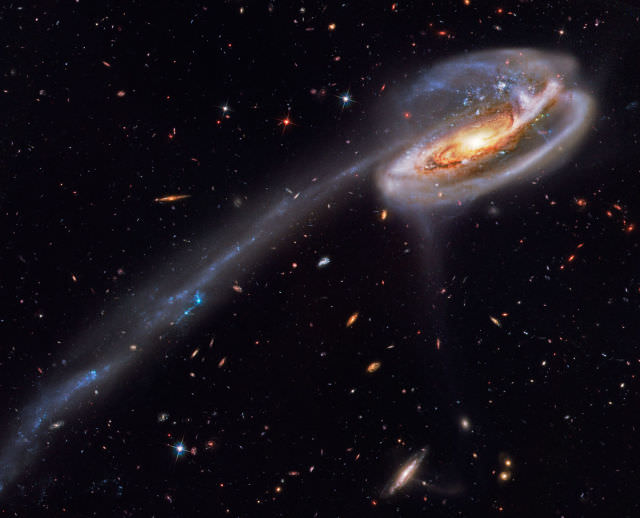 |
| The Tadpole Galaxy: “Its eye-catching tail is about 280 thousand light-years long and features massive, bright blue star clusters”. |
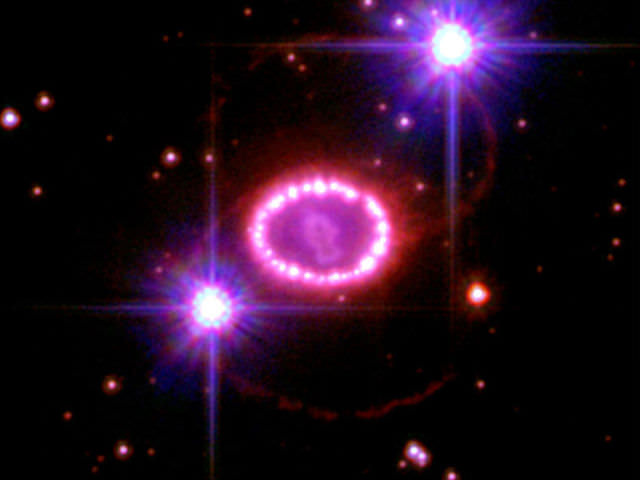 |
| Two decades ago, astronomers spotted one of the brightest exploding stars in more than 400 years. Since that first sighting, the doomed star, called Supernova 1987A, has continued to fascinate astronomers with its spectacular light show. |
 |
| A “supermassive” star, hundreds of times larger than our sun, surrounded by obscuring out flowing gas. |
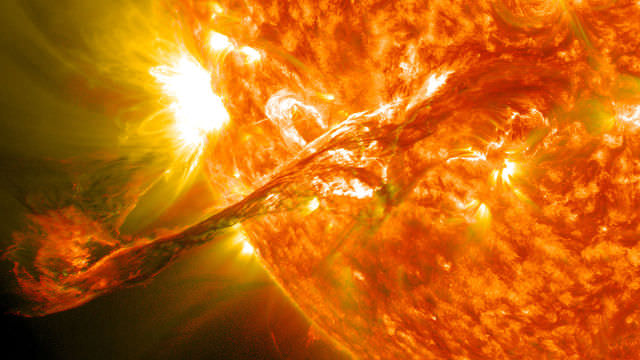 |
| Magnificent CME Erupts on the Sun August 31, 2012 |
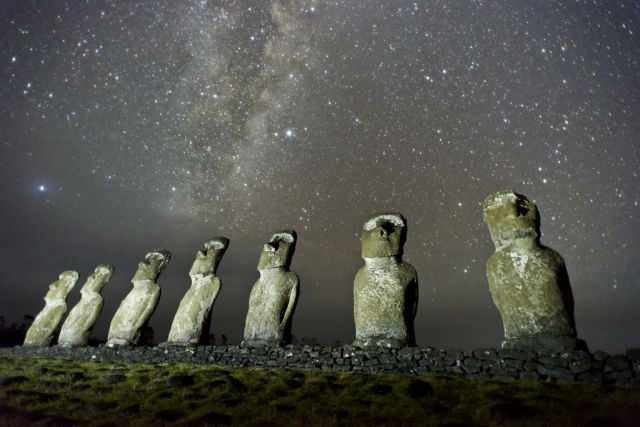 |
| Milky Way over Statues of Easter Island |
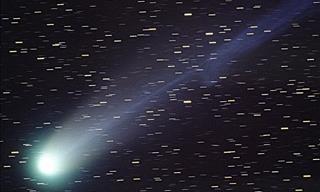
The Great Comets of Earth Captured in Stunning Photographs
Many comets cross the outer atmosphere of Earth during their journey across the galaxies, and the brightest ones are these Great Comets
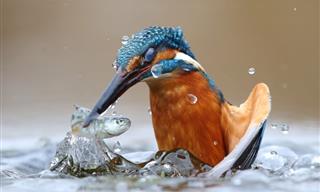
These Photos Have Amazed the World...
From the epic majesty of our galaxy to the pure, simple beauty of a tortoise interacting with a butterfly, these photos are wonderful.
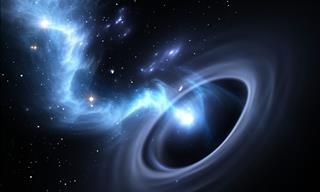
New Black Hole Detected and It’s Extremely Close to Earth
Astronomers have discovered a new black hole. Their findings, as well as its proximity to earth, are astounding.
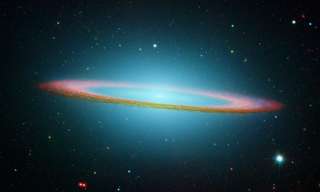
20 Fascinating Facts about the Big Void that Surrounds Us!
Our understanding of the cosmos gets more and more interesting every year. The more we learn, the more we realize there is yet to know.
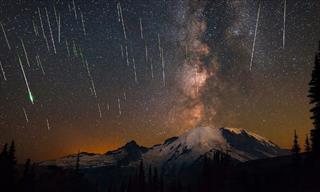
Your Full Guide to the November Meteor Shower
All about meteors: best spots to watch, astronomy events in November and specifics about the up-and-coming meteor shower this month.
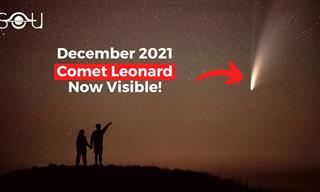 4:58
4:58
An Astronomical Event That TRULLY Won't Happen Again
This comet will only pass the Earth once. See it now before it's too late!
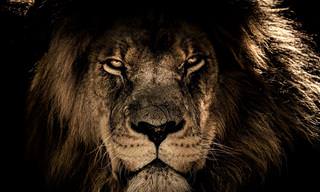
Simply Majestic! 14 Vivid and Vital Wild Animal Photos
Capturing the personality of wild animals on film is a challenging task, but these 14 photos prove that it's possible and worth it!

A Different Look at the Moments that Changed the World
Incredible photos of historical events, shot from a different angl, showing a different view of the events.

These Vintage Photos Show People Grew Up Faster Back Then
These 15 photos clearly seem to suggest that people in the past have matured much faster than people do these days...
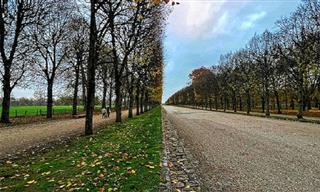
15 Mind-Bending Photos That Seem Fake but are 100% Real
It’s hard to believe these astonishing pictures haven’t been photoshopped.
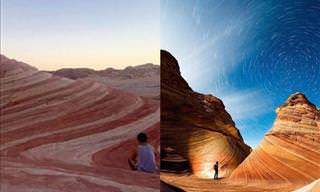
Interactive: What Happens When We Try to Take Pro Photos!
It can seem like photography is easy, all you need is a camera and a beautiful subject. Yet these photos prove that the experts do know what they're doing!
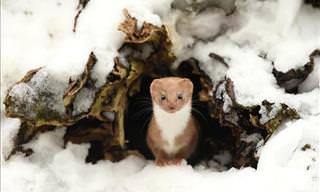
The Wildlife of Britain Has Never Looked More Amazing
It's unbelievable how much biodiversity a relatively small country like Britain contains. These 9 photographs capture the island's stunning natural beauty.

These Crazy Statues Will Really Mess with Your Head...
Check out these 15 bombastic sculptures that simply appear to defy the laws of physics. Take a look for yourself!
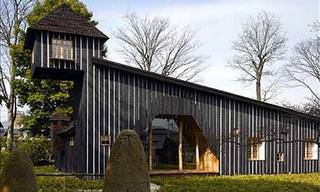
Are These Japanese Houses Crazy or Artistic?
The Japanese are known for being a little eccentric. Put that together with their enterprising spirit and there's a recipe for weirdest home designs ever!
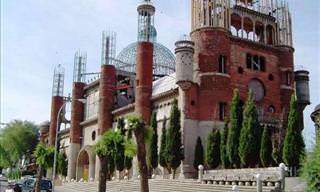
50 Years This Man Built and Built.. And Here's the Result!
This cathedral is slowly being built by an amazing 90 year old man, using discarded waste. Read on to here this inspiring story, and see a glorious church.

16 Seriously Confusing Pics You Need To See Twice
Did these optical illusions make you confused as well?
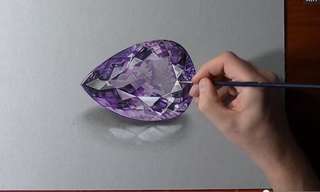 3:30
3:30
An Amethyst Gemstone Comes to Life in Real-Time
Take an in-depth look at how a hyper-realistic creation is made, from start to finish.
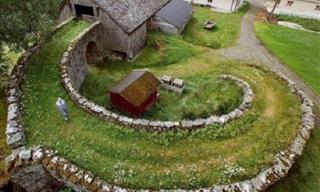
15 Captivating Photos of Impressive Artwork and Designs
We stumbled upon some really unique photos of intentional and accidental art.
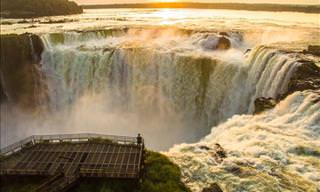
You've Got to See This Award-Winning Aerial Photography!
Have a look at some of these incredible award-winning drone photos from Dronestagram's annual contest.

22 Rare and Beautifully Colorized Historical Photos
Looking through these meticulously colorized photos, most of which were taken during the two World Wars, is a unique and moving experience.
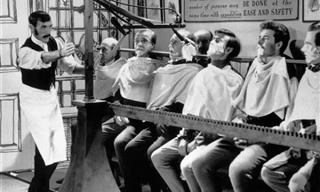
Step Back in Time With These Rare Historical Photographs
Enjoy this new collection of historical photos!
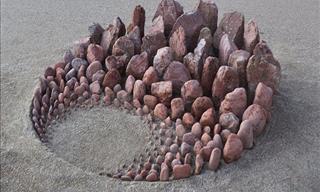
13 Photographs of Stunning Beach Art With Stones
Here is a collection of some stunning images showing unique beach art that has been created by using just stones.

30 Dazzling Photos of Snow Covered Landscapes
Winter is magnificent, and these 30 photos taken from different corners of our planet are here to support that sentiment.
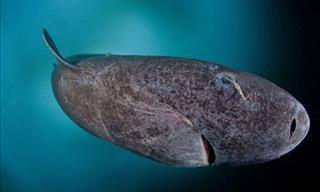
Bask in the Glory of Mother Nature
After taking a look at these amazing photos, it should become clear that Mother Nature is a force to be reckoned with!

Collection: The World's Most Unique Buildings
This collection includes advanced buildings of the future, stunning old structures, and some of the tallest buildings in the world
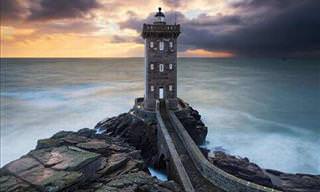
These Lighthouses Are Each More Beautiful than the Last...
Used since ancient times, the lighthouse was both a guide and a warning. These monuments are so sturdy, they take nature's beating without a flinch!

These Amazing Tips Will Create a Bright and Welcoming Home
Make your home feel bright and airy by bearing in mind these useful tips.
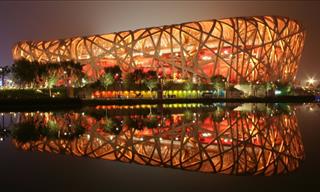
11 Architectural Masterpieces Worldwide Inspired by Nature
Let’s delve into the world of organic architecture and consider 11 noteworthy examples of buildings that took their inspiration from nature.

14 Stunning Examples of Brutalist Architecture
These pictures perfectly capture the essence of brutalist architecture. Let’s check them out.

These Amazing Shots Show the American West In a New Light
The American West has been photographed many times, but never quite like this. Enjoy Niaz Uddin's stunning aerial shots of this stunning region.

These Hilarious Pics Prove That Mankind is Probably Doomed
There's more evidence of mankind being doomed than the alarmist media reports on your TV! Take a look at these 20 hilarious photos.

5 Quirky & Imaginative Homes Built On a Shoestring Budget
These homes are proof that something incredible can be created on a shoestring budget while being kind to the environment at the same time. Take a look.
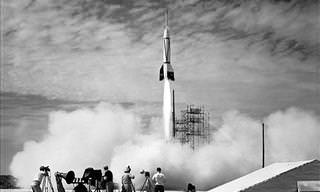
Learn About Photography's History Through These Old Photos
In celebration of the incredible history of photography, here are 12 outstanding photographic 'firsts' that span the last couple of centuries.

Behold the Majestically Built Castles of Old France!
The beautiful castles of old France take me back to a different time...
 13:28
13:28
Town Reclaims Its Traditional Buildings - Fascinating!
This French town narrowly escaped being turned into just another dilapidated city, but it managed to turn back the clock and reclaim its historic heritage.

See Just How Much Women's Fashion Changed In 200 Years
Fashion changes all the time, but how much it does change is even more remarkable when viewed from the perspective of centuries. Take a look.

16 Historical Pictures That’ll Bring Back Memories…
"It is a mistake to think that the past is dead," said Will Durant, and these 16 pictures prove him right...
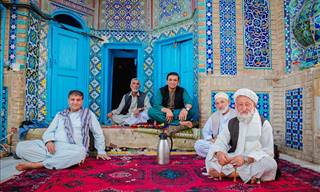
15 Photos of Afghanistan Like You've Never Seen It Before
These photos shed a light on a troubled country, to show us the lighter and beautiful side of Afghanistan. Take a look for yourself!

23 Incredible Photographs Taken at Just the Right Moment
These scarcely believable pictures have NOT been doctored. They were just taken at the perfect time.

10 Tips for Getting the Best Out of Your Photos
Do you want to know how to take better travel and vacation shots than anyone you know? Read these 10 tips and never look back.
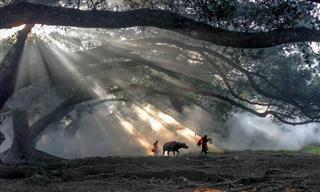
These Photos Are Just Gorgeous, and Won Prizes...
Did you know you can take amazing photographs with your little iPhone? Just look at these insanely beautiful winners of this years iPhone photography contest!
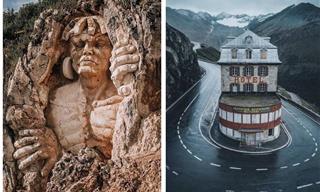
20 Fascinating and Beautiful Moments Caught on Camera
The photos of extraordinary places and curiosities around the world are sure to spark joy and fascinate you!
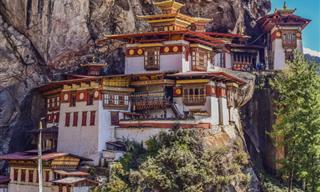
The Best of South Asian Architecture - 15 Magnificent Gems
The architectural landscape of South Asia is brimming with magnificent structures - both historic and modern.

These Are the Greatest Historic Homes Found in the US
These historic homes are the most important in the United States. See pictures of a historic home in each US state, and find out more about them.
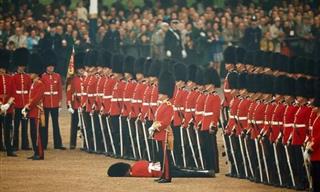
17 Jaw-Dropping Photos of Notable Historical Events
These are the images by which we will remember these important moments for centuries to come.
 5:41
5:41
The Great Wall of China as You’ve Never Seen It Before
High definition drone capture of the Great Wall of China

7 Changes to Our Home That Help Fight Depression
The 7 tips provided here will guide you or your loved ones through the changes that will render your house more inviting and assist in managing depression.


